 "ttyymmnn" (ttyymmnn)
"ttyymmnn" (ttyymmnn)
03/22/2019 at 12:35 • Filed to: wingspan, Planelopnik, TDIAH
 10
10
 9
9
 "ttyymmnn" (ttyymmnn)
"ttyymmnn" (ttyymmnn)
03/22/2019 at 12:35 • Filed to: wingspan, Planelopnik, TDIAH |  10 10
|  9 9 |
!!! UNKNOWN CONTENT TYPE !!!
Welcome to
This Date in Aviation History
, getting of you caught up on milestones, important historical events and people in aviation from March 20 through March 22.
!!! UNKNOWN CONTENT TYPE !!!
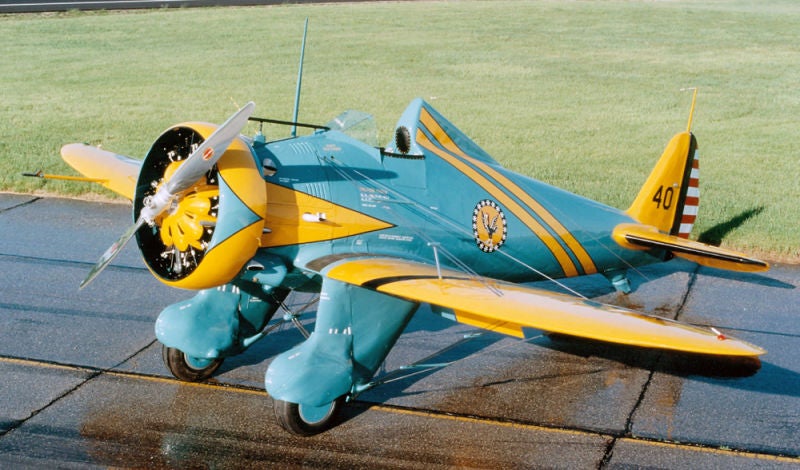
A restored P-26A Peashooter belonging to the National Museum of the United States Air Force at Dayton, Ohio (US Air Force)
March 20, 1932 – The first flight of the Boeing P-26 Peashooter. Dating back to the earliest days of aviation, the monoplane was nothing new by the early days of the Golden Age of aviation. Nevertheless, biplanes made up the vast majority of aircraft built during and after WWI. Most of there were made of a fabric-covered frame constructed from wood or metal tubing.But as aircraft design progressed in the 1920s and 1930s, advances in construction and aerodynamics led to the widespread adoption of the monoplane. A single wing eliminated the need for all the struts and braces found in WWI-era biplanes, which helped to reduce drag and increase speeds, though the fabric-covered airframes were still used. In Germany, aircraft designers made significant advances with metal monoplanes as early as 1915, when Hugo Junkers first flew the all-metal !!!error: Indecipherable SUB-paragraph formatting!!! , but its weight (more than one ton) limited its performance when powered by the engines of its day. But by the 1930s, it was clear that the metal monoplane was the future of military aviation, and while the Boeing P-26 wasn’t the first metal monoplane to be considered by the US Army Air Corps, it was the first to enter production and service.
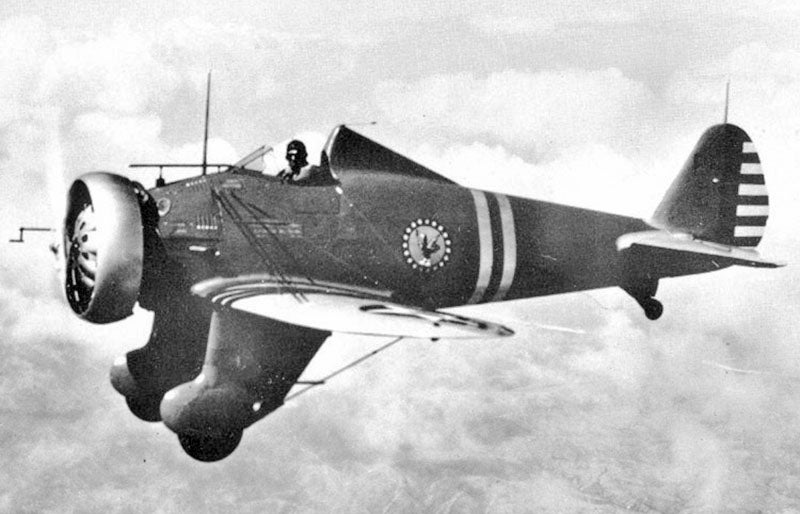
Boeing P-26 of the 19th Pursuit Squadron (US Air Force)
Development of the P-26 began in 1931 with an internally funded Boeing project known as the Model 248. For that aircraft, the Army supplied the engines and instruments while Boeing built the airframe. The 248, though a monoplane, looked much like a biplane with its top wing removed, and still employed many of the design elements found in earlier aircraft. It had fixed, panted landing gear, and its external wire bracing, the last to appear on a US fighter, kept the wings from buckling under high G loads. The wings were also relatively short, which gave the Peashooter an unacceptably high landing speed. This caused a number of crashes, and the Peashooter’s short nose meant that it had a tendency to pitch forward on landing, injuring or killing the pilot. These problems were addressed by the addition of flaps to lower the landing speed, while a new raised headrest protected the pilot should the plane nose over. Two different engines were used in the P-26A and P-26B before the Army settled on a carbureted !!!error: Indecipherable SUB-paragraph formatting!!! radial fitted with a !!!error: Indecipherable SUB-paragraph formatting!!! to help reduce drag and improve cooling.
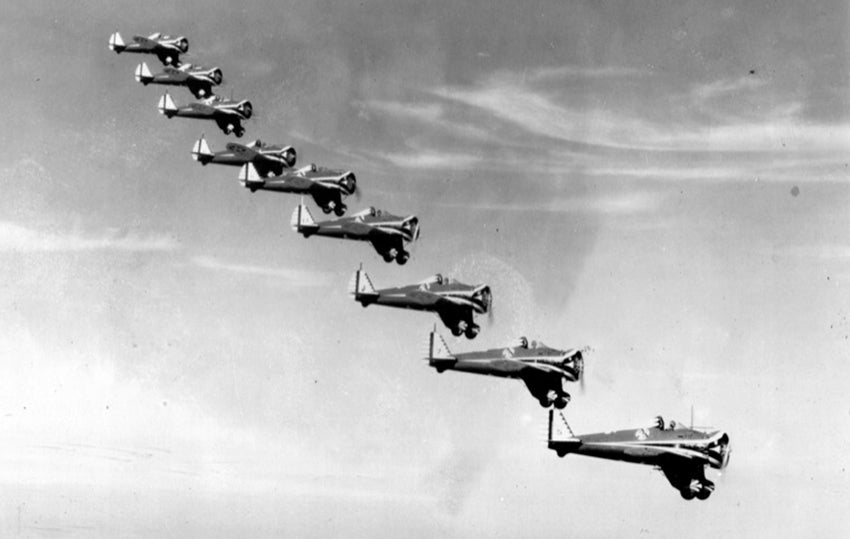
A stacked formation of P-26 Peashooters. (San Diego Air and Space Museum)
The USAAC ordered 111 P-26As, followed by orders for the improved B and C models, and took delivery of the first Peashooters in 1934. With a top speed of 234 mph, the Peashooter was the fastest fighter in the American inventory when it was introduced, but rapid advances in aircraft design during the 1930s quickly rendered the P-26 obsolete. Fighters such as the !!!error: Indecipherable SUB-paragraph formatting!!! and !!!error: Indecipherable SUB-paragraph formatting!!! were just three years away, much more modern aircraft with enclosed cockpits, retractable landing gear and !!!error: Indecipherable SUB-paragraph formatting!!! . By 1938, the P-26 gave way to the !!!error: Indecipherable SUB-paragraph formatting!!! and !!!error: Indecipherable SUB-paragraph formatting!!! . Nevertheless, the P-26 proved easy to fly, and it remained in service until the outbreak of WWII. Though the Peashooter never saw combat with American forces, fighters exported to China saw action against the Japanese in 1937, where they were responsible for downing a handful of bombers, and members of the Philippine Army Air Corps had limited success against Japanese fighters in 1941. A total of 141 Peashooters of all variants were produced, and it was the last Boeing fighter to enter production until the company acquired McDonnell Douglas in 1997.
!!! UNKNOWN CONTENT TYPE !!!
Short Takeoff
!!! UNKNOWN CONTENT TYPE !!!
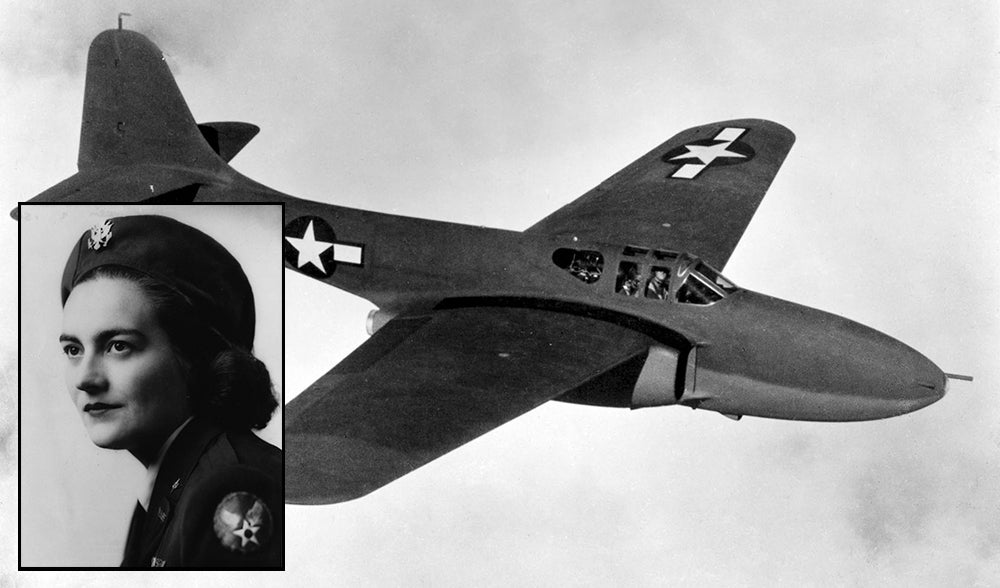
(US Air Force)
March 20, 2008 – The death of Ann Baumgartner, the first American woman to fly a jet fighter.
Born in Augusta, Georgia in 1918, Baumgartner served as a pilot with the
!!!error: Indecipherable SUB-paragraph formatting!!!
(WASP) during WWII and was tasked with ferrying new aircraft from factories in the US to points of embarkation around the country. In February 1944, Baumgartner transferred to Wright Field in Ohio on a temporary assignment to test aeromedical equipment, and eventually became assistant operations officer for the WASPs at Wright Field. On October 14, 1944, Baumgartner flew the
!!!error: Indecipherable SUB-paragraph formatting!!!
, America’s first jet fighter, as part of her testing duties. Following the disbanding of the WASPs in 1944, Baumgartner continued to work as a flight instructor for United Airlines and wrote as a scientific journalist.
!!! UNKNOWN CONTENT TYPE !!!
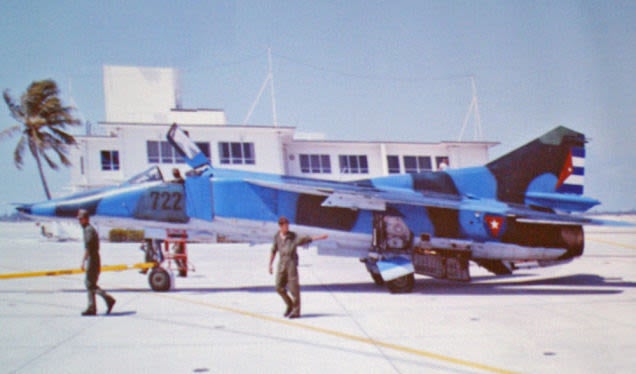 !!!CAPTION ERROR: MAY BE MULTI-LINE OR CONTAIN LINK!!!
!!!CAPTION ERROR: MAY BE MULTI-LINE OR CONTAIN LINK!!!
March 20, 1991 – Cuban Air Force pilot Maj. Orestes Lorenzo Perez defects to the US in a Russian-built fighter.
While on a training mission, Perez turned his
!!!error: Indecipherable SUB-paragraph formatting!!!
toward Florida and landed uncontested at Naval Air Station Key West. To the embarrassment of the US Air Force, defense radars failed to pick up the airplane and no fighters were scrambled. The MiG was eventually returned to Cuba, and Perez was given asylum in the US. The following year, Perez flew back to Cuba in a
!!!error: Indecipherable SUB-paragraph formatting!!!
and landed on a busy highway to pick up his wife and two sons who had been told that he would be returning for them. Orestes then flew back to the US, where his family was also granted asylum.
!!! UNKNOWN CONTENT TYPE !!!
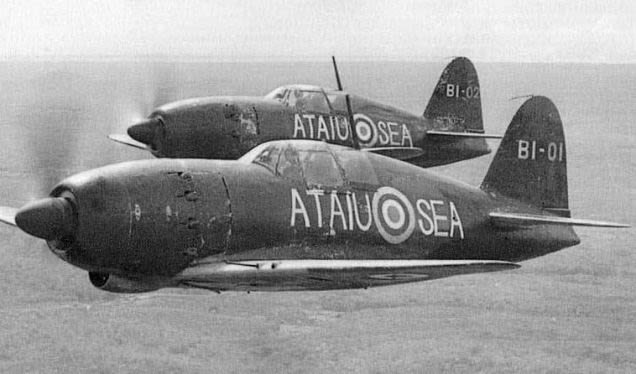
Captured J2Ms in RAF markings (UK Government)
March 20, 1942 – The first flight of the Mitsubishi J2M
Raiden
(
Thunderbolt
).
The
Raiden
, Allied reporting name
Jack
,
was designed by
!!!error: Indecipherable SUB-paragraph formatting!!!
, who had also designed the
!!!error: Indecipherable SUB-paragraph formatting!!!
, and was intended to serve as a local defense interceptor to protect the Japanese home island from American bombers. The J2M first saw action in 1944 during the
!!!error: Indecipherable SUB-paragraph formatting!!!
, but its lack of a turbocharger meant that it had difficultly engaging the high-flying
!!!error: Indecipherable SUB-paragraph formatting!!!
. Nevertheless, its armament of four cannons was potent, and the
Raiden
was occasionally effective in diving attacks. A total of 671
Raidens
were built, and it was retired at the end of the war.
!!! UNKNOWN CONTENT TYPE !!!
 !!!CAPTION ERROR: MAY BE MULTI-LINE OR CONTAIN LINK!!!
!!!CAPTION ERROR: MAY BE MULTI-LINE OR CONTAIN LINK!!!
March 20, 1937 – Amelia Earhart’s first attempt at circumnavigating the globe ends with a ground accident in Hawaii. Earhart was America’s best-known aviatrix of aviation’s Golden Age, and had already made a name for herself as the first woman to fly solo from Hawaii to California and the first woman to fly solo across the Atlantic Ocean, both taking place in 1935. The following year, Earhart had a !!!error: Indecipherable SUB-paragraph formatting!!! specially built for a flight around the world and, on March 17, 1937, Earhart began her first attempt at circumnavigation with a from Oakland, California accompanied by navigators !!!error: Indecipherable SUB-paragraph formatting!!! and Harry Manning, as well as technical advisor !!!error: Indecipherable SUB-paragraph formatting!!! . While taking off for the second leg of the flight, the Electra suffered a landing gear failure and ground looped, heavily damaging the aircraft, though nobody on board was hurt. The accident ended the attempt at circumnavigation, but Earhart and Noonan would try again four months later, this time flying west to east, only to disappear over the Pacific Ocean on July 2, 1937.
!!! UNKNOWN CONTENT TYPE !!!
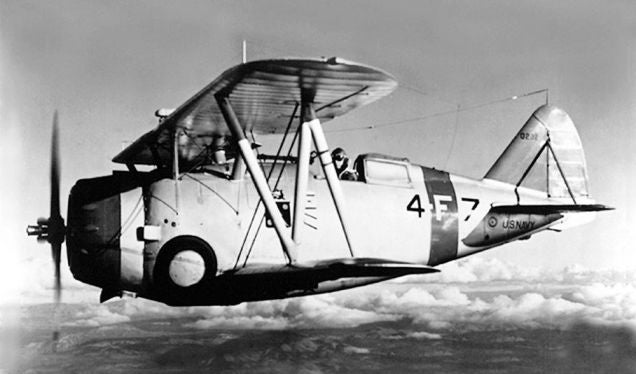
(US Navy)
March 20, 1935 – The first flight of the Grumman F3F,
the last biplane fighter delivered to the US Navy. Designed to replace the
!!!error: Indecipherable SUB-paragraph formatting!!!
, the F3F entered service in 1936, but was removed from frontline service at the beginning of the war in 1941. It was replaced by the
!!!error: Indecipherable SUB-paragraph formatting!!!
, though a number of F3Fs continued to fly in a training role. The F3F also served the US Army Air Force as a trainer with the designation UC-103. Though the F3F performed the bulk of its service before the war and was obsolete by 1941, it formed the developmental basis for the
!!!error: Indecipherable SUB-paragraph formatting!!!
, the mainstay Naval fighter in the early years of WWII.
!!! UNKNOWN CONTENT TYPE !!!

(US Navy)
March 20, 1922 – The US Navy commissions the USS Langley (CV 1). Converted from the collier USS Jupiter , Langley was America’s first aircraft carrier and also the US Navy’s first !!!error: Indecipherable SUB-paragraph formatting!!! ship. Langley was converted at the Navy Yard in Norfolk, Virginia and named after American aviation pioneer !!!error: Indecipherable SUB-paragraph formatting!!! . The first plane to fly from her deck was a !!!error: Indecipherable SUB-paragraph formatting!!! flown by Lt. Virgil Griffin on October 17, 1922. After serving off the California coast for 12 years, Langley was converted to a seaplane tender (AV 3) and served in the early months of WWII, but had to be scuttled following an attack by Japanese bombers on February 27, 1942.
!!! UNKNOWN CONTENT TYPE !!!
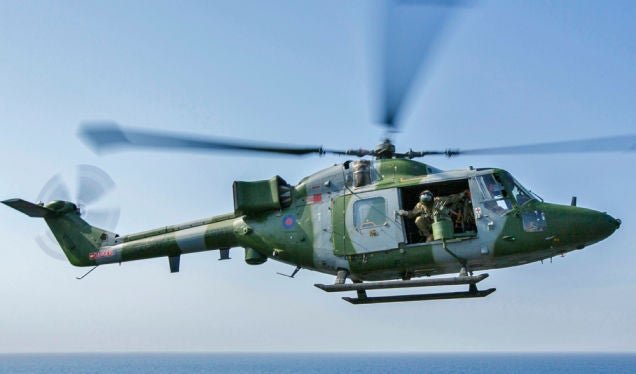
(US Navy)
March 21, 1971 – The first flight of the Westland Lynx, a multi-purpose helicopter designed and built by Westland Helicopters in England as a replacement for the !!!error: Indecipherable SUB-paragraph formatting!!! and !!!error: Indecipherable SUB-paragraph formatting!!! . Originally built as a utility helicopter for both civilian and military use, the Lynx was further developed into armed gunship and antisubmarine warfare (ASW) variants. The Lynx served with the British Army from 1971-2018, and was retired from Royal Navy service in 2017. It remains in service with Germany, France, and Denmark, as well as other export countries. Still in production, more than 450 have been built to date, and they have seen action in the Iraq War and more recently in Afghanistan.
!!! UNKNOWN CONTENT TYPE !!!
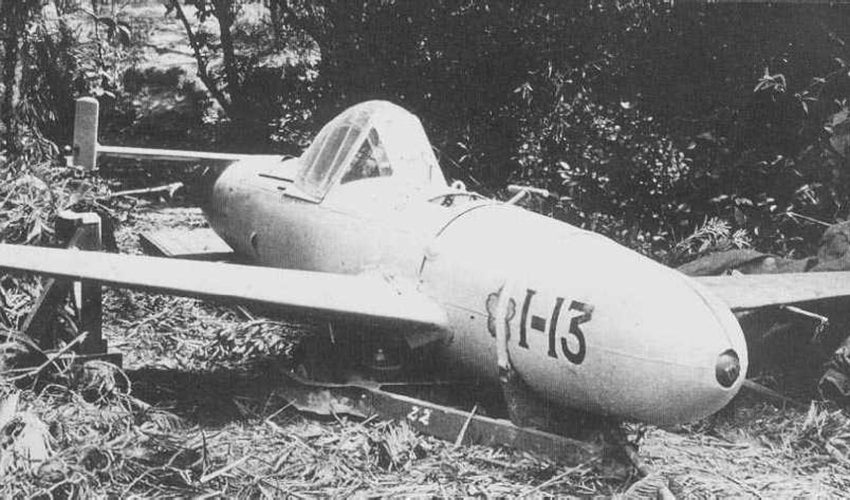
(US Department of Defense)
March 21, 1945 – The first operational mission of the Yokosuka MXY-7 Ohka piloted bomb. The Ohka , which means “cherry blossom,” was a piloted, rocket-powered flying bomb that was used to attack Allied shipping in the closing stages of WWII. The flying bomb was usually carried aloft by a !!!error: Indecipherable SUB-paragraph formatting!!! “Betty” bomber, then released to glide towards its target. Once directed at a ship, the pilot lit the rocket motors and dove on the target. The Ohka had a 2,646-pound !!!error: Indecipherable SUB-paragraph formatting!!! warhead and made its first appearance during the Battle of Okinawa flown by the Japanese !!!error: Indecipherable SUB-paragraph formatting!!! , better known as !!!error: Indecipherable SUB-paragraph formatting!!! . The destroyer !!!error: Indecipherable SUB-paragraph formatting!!! (DD 733) was the first American warship to be struck by an Ohka on April 12th, 1945 with the loss of 84 sailors. Ultimately, the Okha had no effect on the outcome of the war. Most were shot down while still attached to their motherships, and no American capital ships were ever sunk. The final Ohka mission took place on June 22, 1945.
!!! UNKNOWN CONTENT TYPE !!!
Connecting Flights
!!! UNKNOWN CONTENT TYPE !!!
!!! UNKNOWN CONTENT TYPE !!!
!!! UNKNOWN CONTENT TYPE !!!
!!! UNKNOWN CONTENT TYPE !!!
!!! UNKNOWN CONTENT TYPE !!!
If you enjoy these Aviation History posts, please let me know in the comments. And if you missed any of the past articles, you can find them all at
!!!error: Indecipherable SUB-paragraph formatting!!!
. You can also find more stories about aviation, aviators and airplane oddities at
!!!error: Indecipherable SUB-paragraph formatting!!!
.
!!! UNKNOWN CONTENT TYPE !!!
 Chariotoflove
> ttyymmnn
Chariotoflove
> ttyymmnn
03/22/2019 at 12:59 |
|
Dude, you gotta put a buffer image at the top before porn like that!
Regarding the J2M, I’ m surprised that the Japanese would produce a fighter that late in the war that didn’t have supercharging, especially knowing they would need it to fly high. It must have been because of lack or industrial capacity.
 ttyymmnn
> Chariotoflove
ttyymmnn
> Chariotoflove
03/22/2019 at 13:13 |
|
I have seen that very aircraft at the USAF Museum. It’s always been one of my favorites, it just screams of the Golden Age.
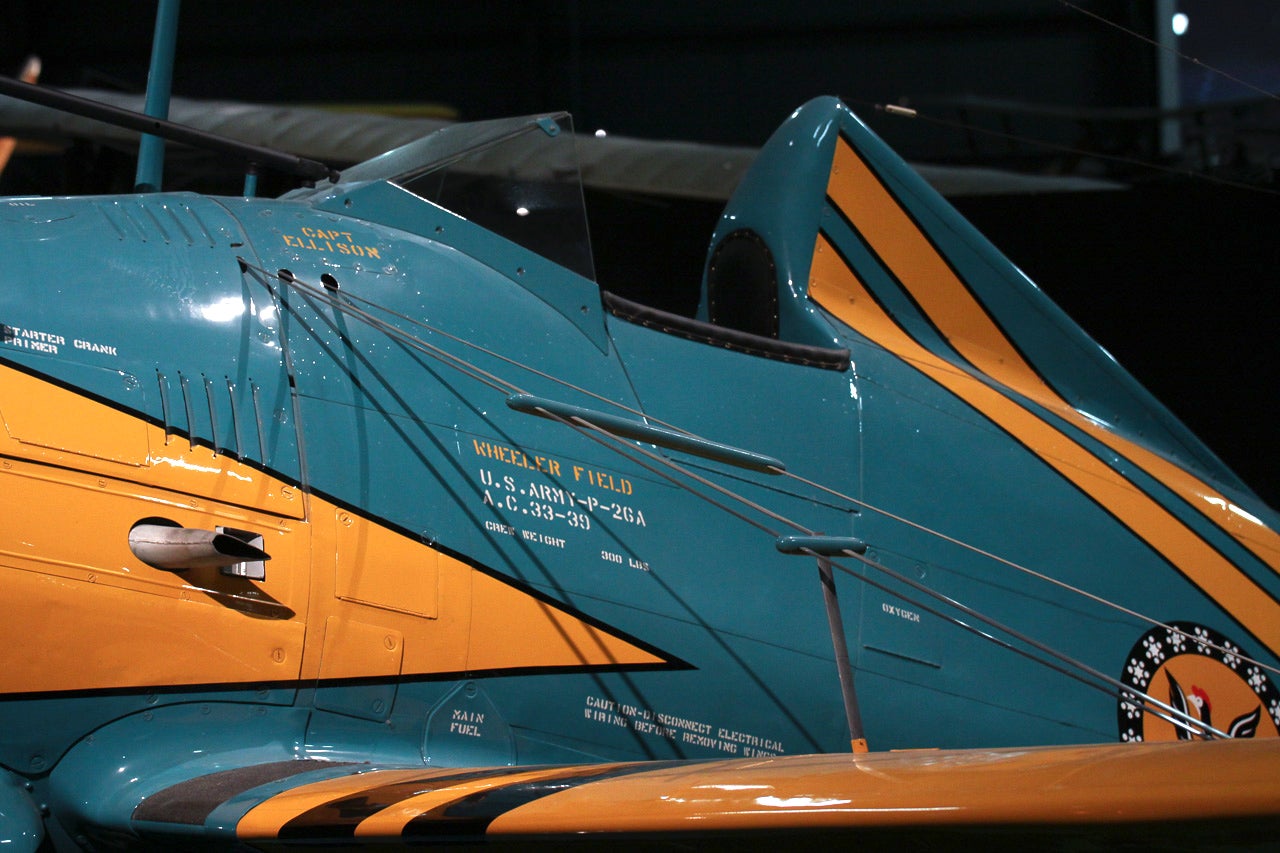
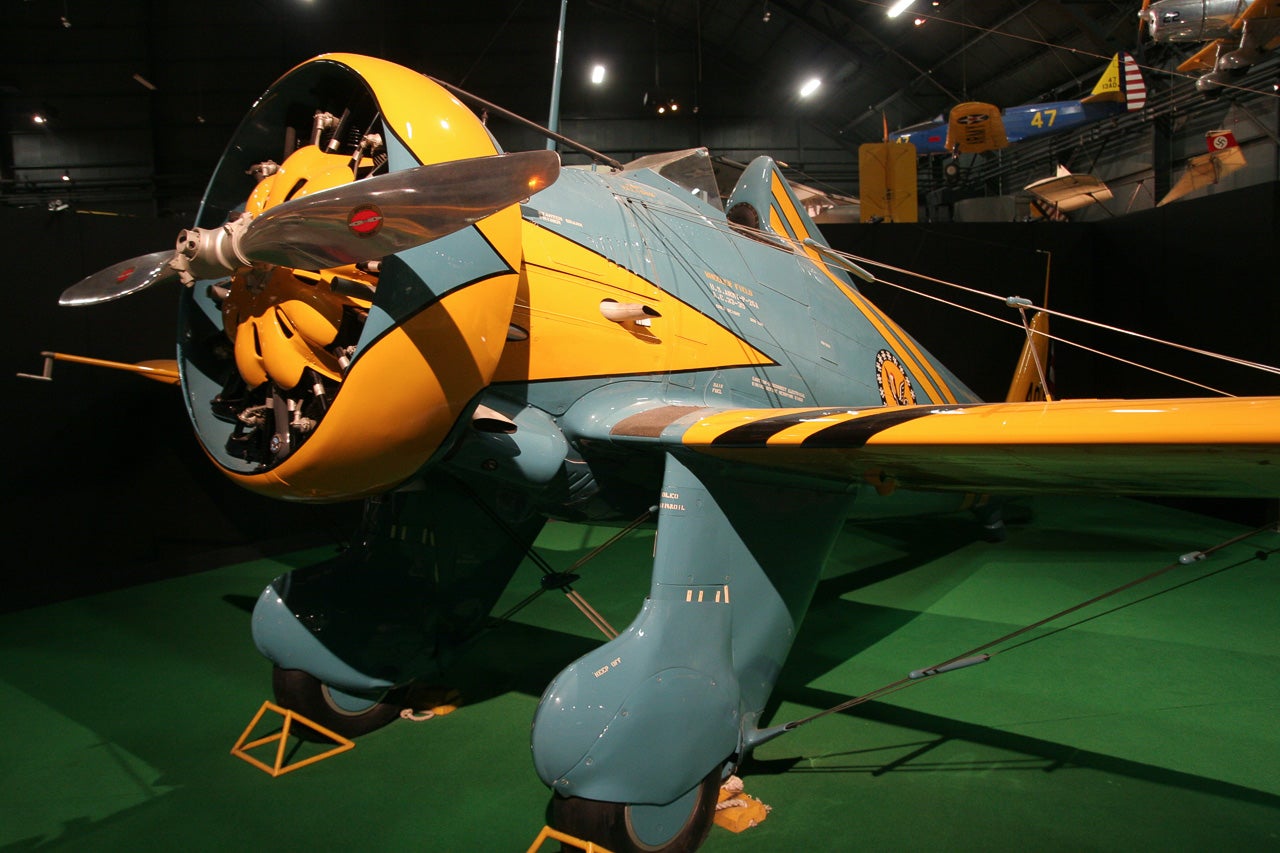
 user314
> ttyymmnn
user314
> ttyymmnn
03/22/2019 at 13:47 |
|
The ATIAU-SEA markings on those Raidens denote Technical Air Intelligence Unit - South East Asia, a joint USAAF /RAF group tasked with recovering and testing Japanese aircraft. Several other TIAUs were formed during the war, with participation from the USN, RAAF and ROC air force (interestingly, a joint USAAF/USN TAIU was never established as the Army and Navy wouldn’t work together...).
 InFierority Complex
> ttyymmnn
InFierority Complex
> ttyymmnn
03/22/2019 at 13:59 |
|
The sky blue and yellow livery is pretty iconic a nd fairly unique. I don’t think any other air forces were running around in such bright flashy colors. I guess the blue could be an attempt to blend in with the sky... maybe.
I guess I can google this later offhand but do you know if it was intended just for parade and show or for actual operations as well?
 DucST3-Red-1Liter-Standing-By
> ttyymmnn
DucST3-Red-1Liter-Standing-By
> ttyymmnn
03/22/2019 at 14:10 |
|
Came across a P-26 at a hangar dance at the planes of fame museum. Cool planes!!
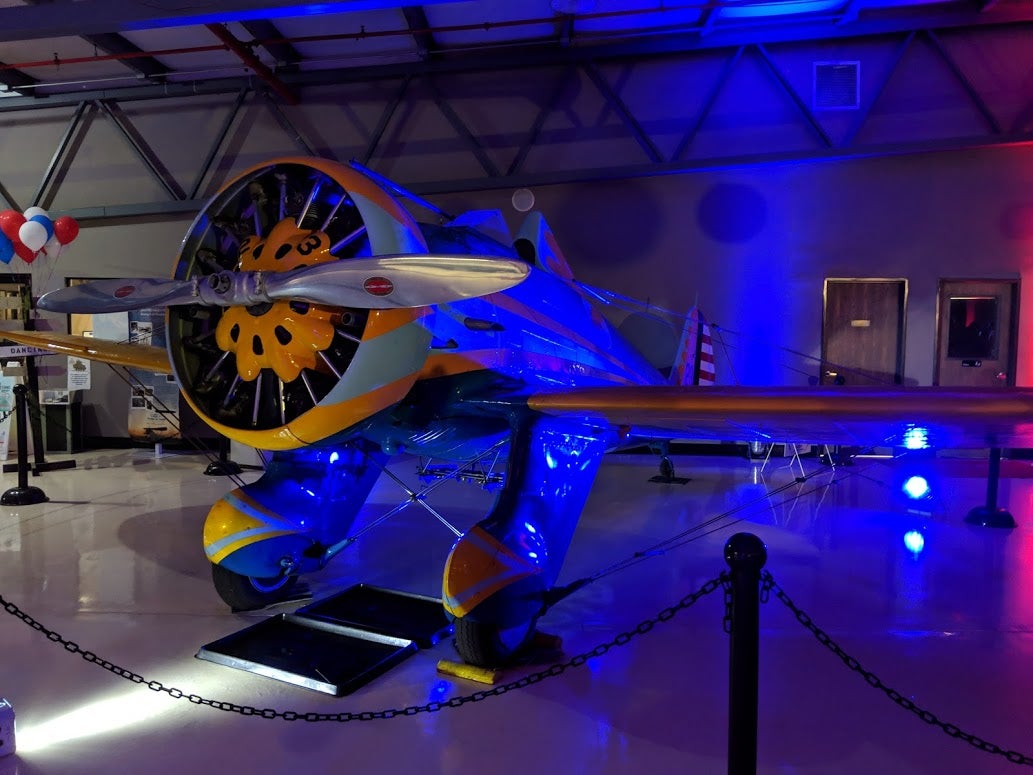
 user314
> InFierority Complex
user314
> InFierority Complex
03/22/2019 at 16:25 |
|
Per this site Peashooters were brightly painted to promote the AAC during the Depression.
Nationalist Chinese ‘Shooters were painted a neutral gray during WWII:
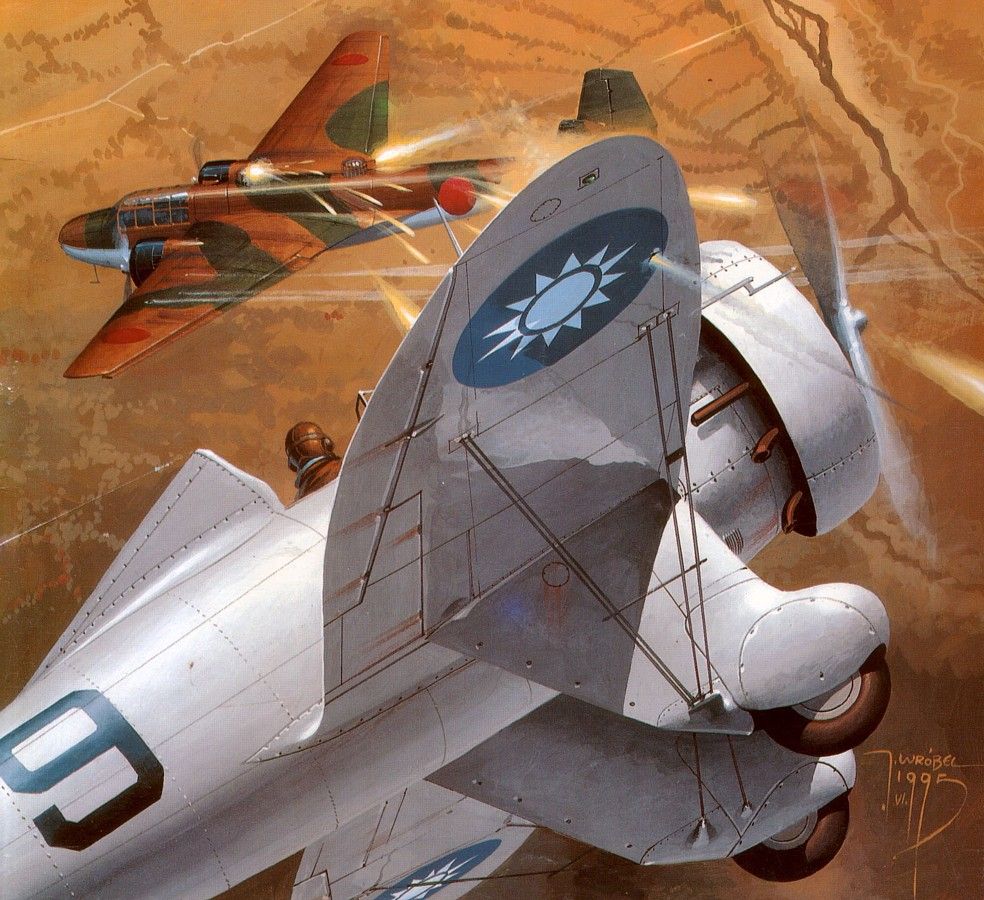
While Philippine aircraft were either hastily repainted USAAC blue & yellow:
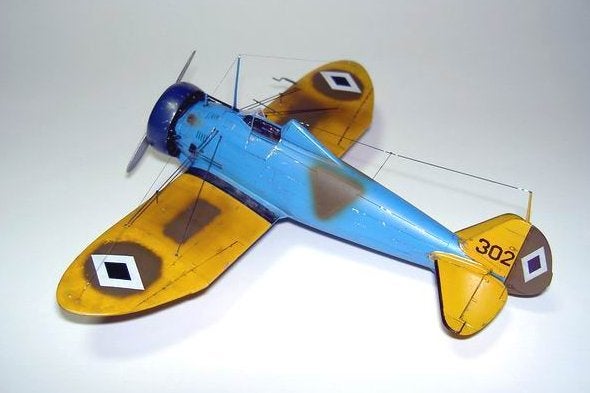
Or various “desert” camos:
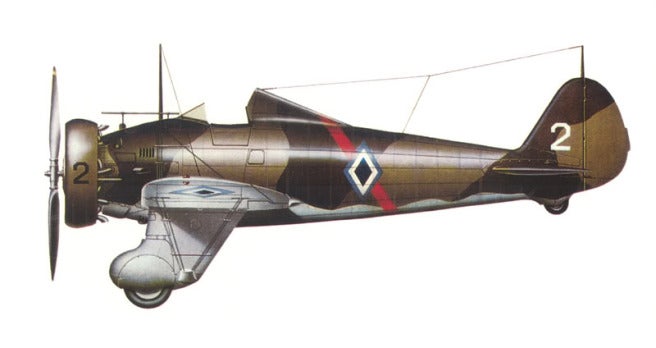
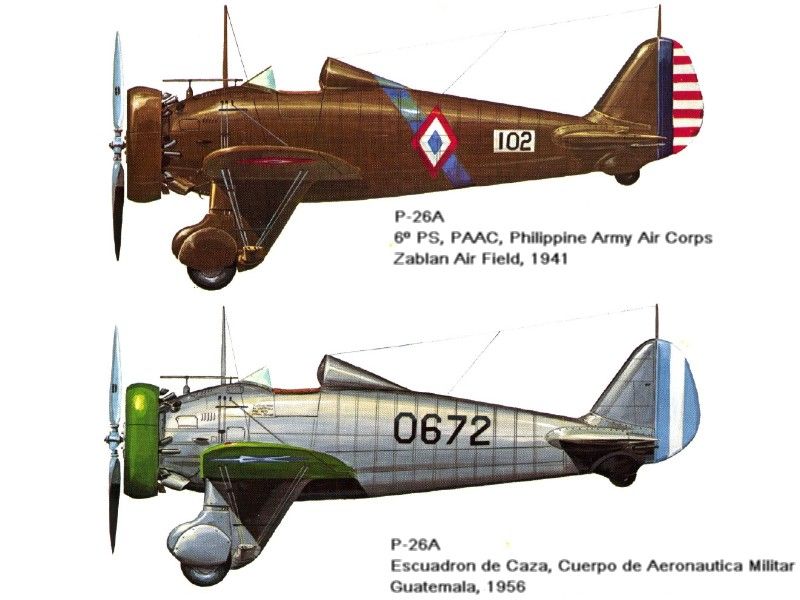
 InFierority Complex
> user314
InFierority Complex
> user314
03/22/2019 at 23:57 |
|
Thank you! I should have remembered that some of those liveries are in WarThunder
 gmporschenut also a fan of hondas
> Chariotoflove
gmporschenut also a fan of hondas
> Chariotoflove
03/23/2019 at 00:17 |
|
The j2m had a 1200ft/min higher initial climb rate than the a6m. The frank and george were the better fighters able to climb to higher altitudes. Another issue is partially due to material shortages, japanese aircraft had a high problem with reliability and getting spare parts which is not a good foundation when you want to put an engine to even higher loads.
 Chariotoflove
> gmporschenut also a fan of hondas
Chariotoflove
> gmporschenut also a fan of hondas
03/23/2019 at 19:29 |
|
Makes sense to me given their industrial state at the time.